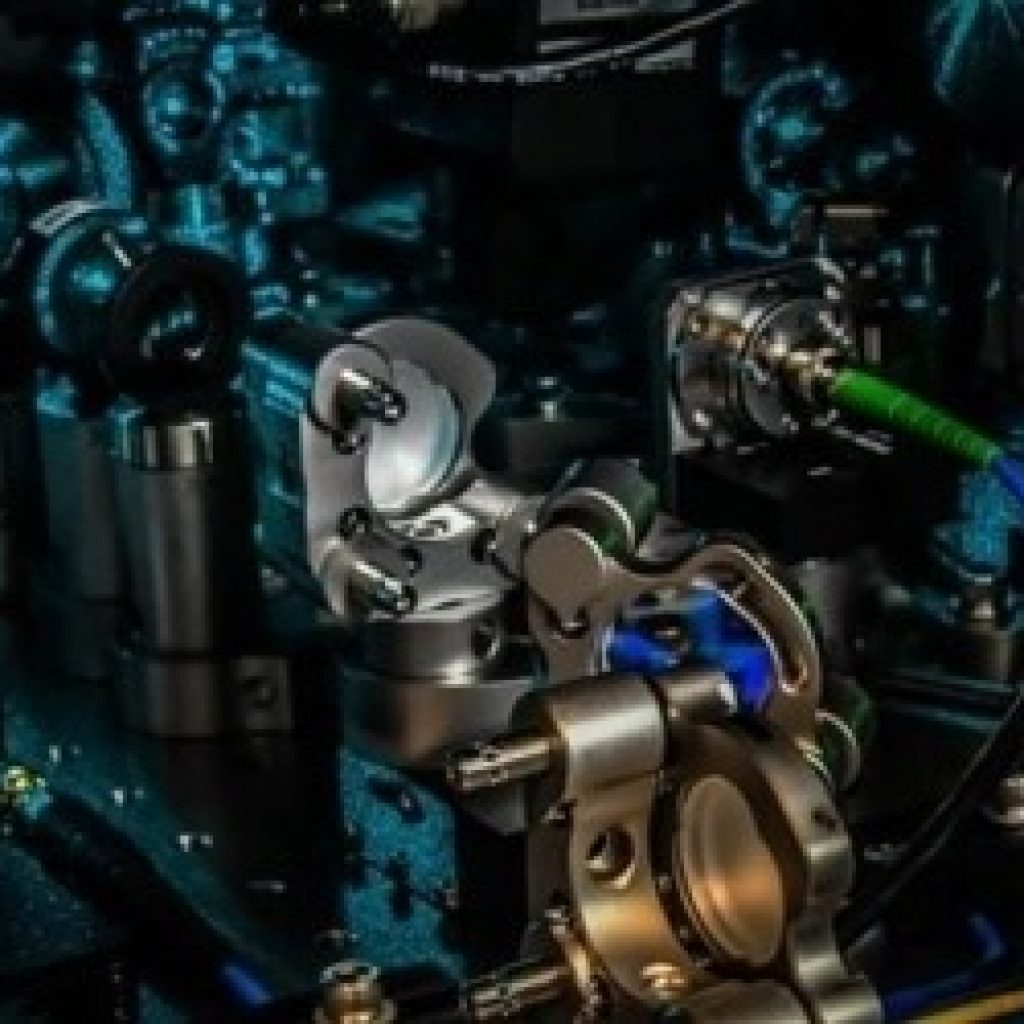(Honeywell) A quantum charged coupled device – a type of trapped-ion quantum computer first proposed 20 years ago – has finally been fully realized by researchers at Honeywell in the US. Other researchers in the field believe the design, which offers notable advantages over other quantum computing platforms, could potentially enable quantum computers to scale to huge numbers of quantum bits (qubits) and fully realize their potential.
Trapped-ion qubits were used to implement the first quantum logic gates in 1995, and the proposal for a quantum charged coupled device (QCCD) – a type of quantum computer with actions controlled by shuffling the ions around – was first made in 2002 by researchers led by David Wineland of the US National Institute of Standards and Technology, who went on to win the 2012 Nobel Prize for Physics for his work.
Some large companies have recently shown interest in the trapped ion platform, among them the multinational technology conglomerate Honeywell, which formed Honeywell Quantum Systems in 2020 to focus solely on the technology.
The firm’s latest result is the first demonstration of a fully functional QCCD. The device uses ytterbium-171 ions as qubits, which are chilled to their quantum ground states by barium-138 ions using a process called sympathetic cooling.
The researchers demonstrate a sufficient set of gates to perform universal quantum logic. In addition, they created a teleported CNOT gate, which allows for non-destructive mid-circuit measurement – a crucial component for quantum error correction.
Chris Monroe of University of Maryland, College Park, a co-author of Wineland’s on the original 2002 paper, who now runs the spin-off company IonQ, agrees: “In this field, every single little piece has been demonstrated separately. One of the important features of this work is that it integrated lots of them in one system. I love the QCCD idea: I actually coined that phrase myself.”
Quantum Computer Based on Shuttling Ions Is Built by Honeywell
